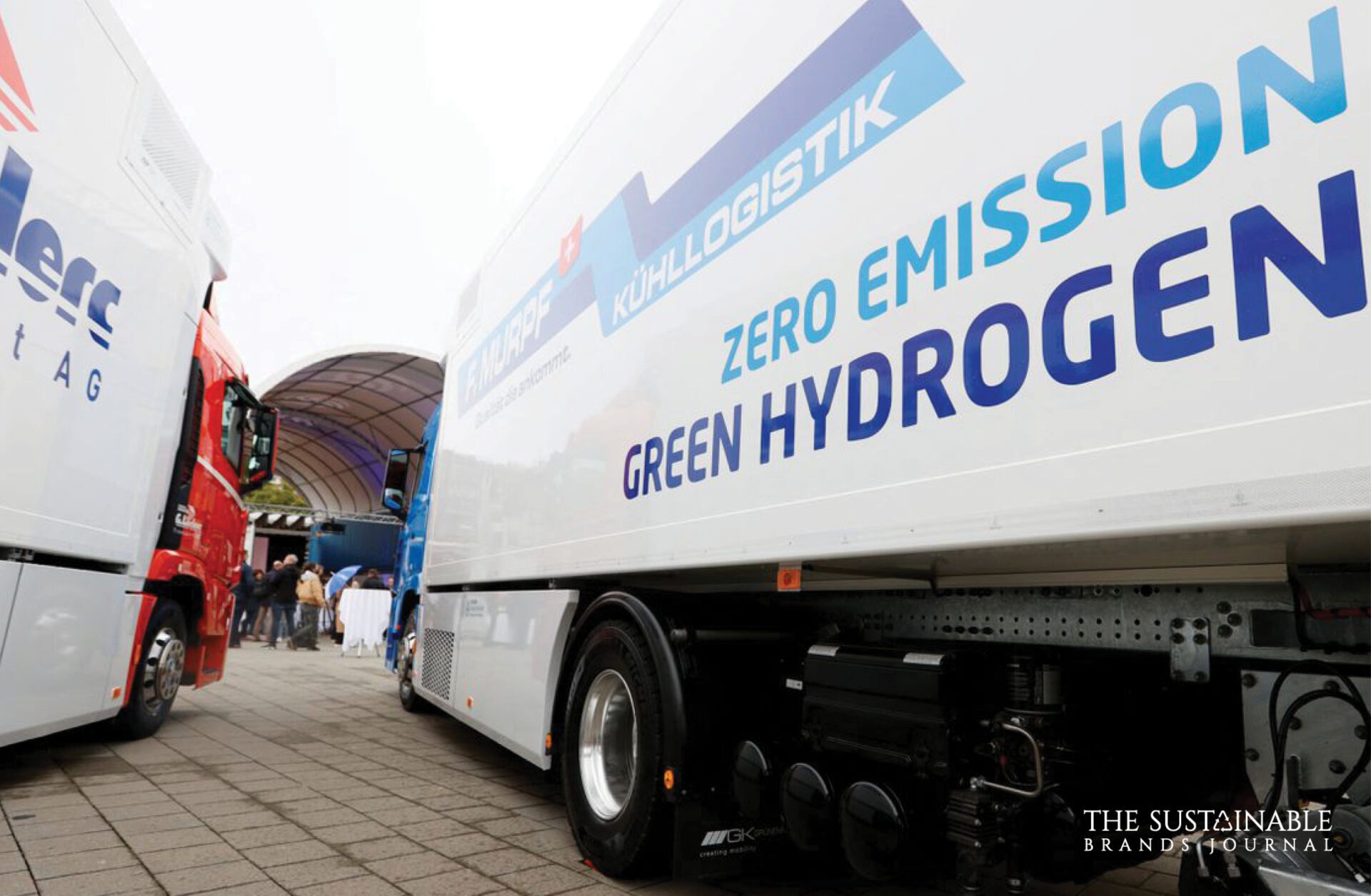
High gas prices spur green hydrogen investment – report.
Since the outbreak of war in Ukraine, soaring natural gas prices have made hydrogen produced from fossil fuels increasingly uneconomic, a report said Thursday. As a result, more than $70 billion of new investment has been made in hydrogen generated from renewable sources since the war broke out.
In order to make green hydrogen or clean hydrogen, electrolysers powered by renewable energy are used to split water from oxygen, whereas blue hydrogen is produced from natural gas, utilizing technologies that capture and store the CO2 emissions produced during the production process.
It has become a standard industry practice to extract hydrogen from coal or gas by using steam methane reforming, a process used in the extraction of grey hydrogen.
The use of green hydrogen has been billed as one of the most effective ways to decarbonise industries that are dependent on coal, gas and oil – such as steel and chemical manufacturers. Hydrogen is a very useful fuel, but its production has traditionally been more expensive than that of other fuels.
The report said the price of hydrogen produced from fossil fuels has become more expensive than hydrogen produced from green fuels on international markets in recent months, as the price of gas has risen by more than 70% on international markets since the beginning of the Ukrainian war in February.
A new study by the Institute of Energy Economics found that fossil-fuel hydrogen assets are likely to have production costs which will be roughly 50% higher than the average green hydrogen cost of $7.40/kg in Europe, while new blue hydrogen is expected to be 35% higher at $6.40/kg in Asia, and grey hydrogen is expected to be 29% higher than green hydrogen.
It is expected that the rapid investment in green hydrogen over the next few years could lead to the production cost falling below $2/kg by 2030, from an average of $3.80 to $5.80/kg before the war in Ukraine during the past few years.
The report warns that stranded assets worth more than $100 billion, which are currently part of the fossil hydrogen sector, could become stranded assets before 2030.
The International Energy Agency reported this week that the deployment of renewable energy has been increasing in recent years as countries try to wean themselves off Russian gas.
According to a report published by Carbon Tracker, 25 countries, including Germany, Morocco and the United States, have allocated $73 billion of public and private funds to the production of green hydrogen since the Ukrainian conflict began. Germany has committed the largest amount, followed by Morocco and the United States.
Read more about Sustainable News in our Sustainable Brands Journal.
Source: Reuters

Prachi, an accomplished Chief-Editor at The Sustainable Brands Journal, has 15+ years of experience in Europe, the Middle East, and India, managing 90+ global sustainable brands. She’s a prolific writer in sustainability, contributing to various publications. Prachi’s unwavering passion and expertise make her a recognized authority, driving positive change and inspiring a sustainable future.





